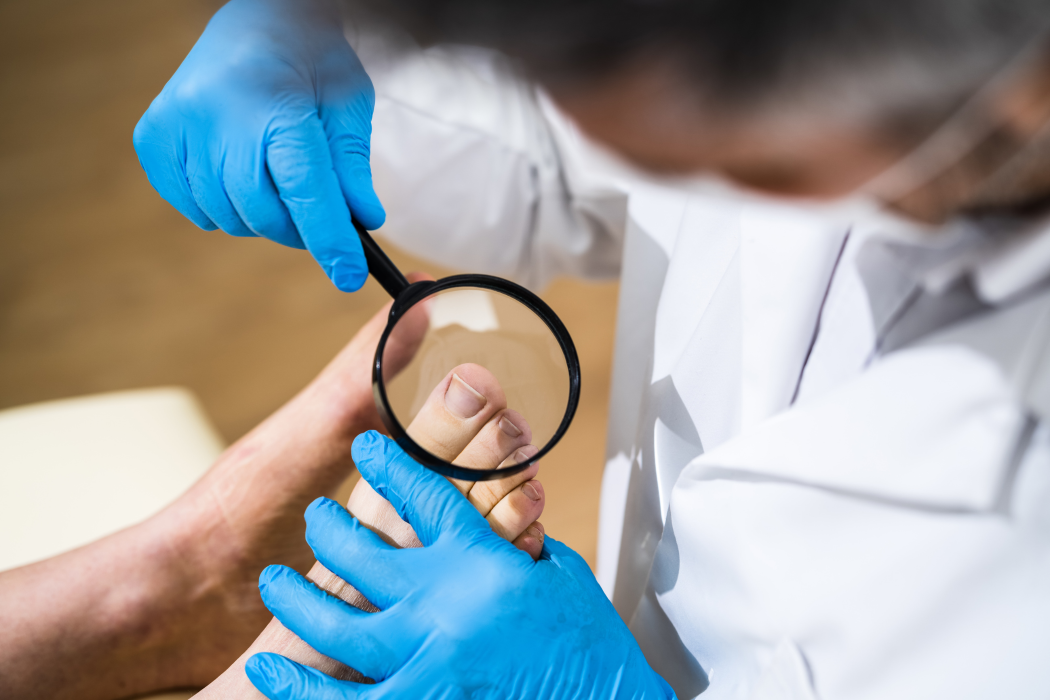


Engaging in sports and physical activities can bring joy and numerous health benefits. However, just because you’re staying active,
regardless of whether you’re doing it at a professional level or recreationally, does not mean that you’re immune to foot conditions like
ingrown toenails. Ingrown toenails can be particularly bothersome when you live an active lifestyle, causing pain, discomfort, and affecting
your performance. In this comprehensive article, we will explore the causes of ingrown toenails related to sports, discuss effective
prevention strategies, and provide tips on managing pain and continuing sports activities while recovering.
While we’ve described the ‘regular’ common causes of ingrown toenails here, those who are active are more likely to develop ingrown nails as a result of:
Our podiatrist-recommended prevention tips include:

When you think of foot problems, summer usually comes to mind and so does blisters from sandals, sunburns, or barefoot beach walks. But winter can be just as tough on your feet, and in some cases, even more so.
.png)
This Mother’s Day, consider a practical, medically safe, and confidence-boosting gift: a professional KeryFlex nail restoration treatment. It’s a simple, effective, and medically safe way to instantly transform the appearance of toenails.

We treat a lot of ingrown toenails here at the Auckland Ingrown Toenail Clinic. So, with approximately 10% or more of the adult population harbouring a fungal nail infection, it’s not uncommon that we see many ingrown toenails where a stubborn nail fungus has also infiltrated the nail. So how can you tell, what can […]
Keeping your family on their feet and helping them to walk, run, play and exceed their goals is why we love getting up in the morning.
Ground Floor, One Health Building
122 Remuera Rd, Remuera
Auckland 1050, New Zealand
| MON - FRI | 7:30am – 6:00pm |
| SAT | 8:00am – 4:30pm |
| SUN | Occasionally available |
Make an Appointment
Online Schedule